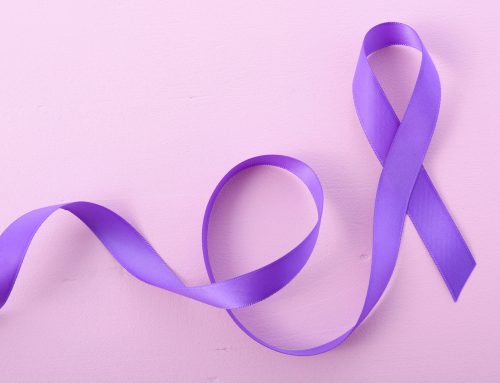 Osteoporosis (Osteo: Bone, porosis: porous) is reduction in bone strength and durability. This condition leads to brittle bones with decreased power of healing after fractures (which also become more common due to loss of flexibility).
Osteoporosis (Osteo: Bone, porosis: porous) is reduction in bone strength and durability. This condition leads to brittle bones with decreased power of healing after fractures (which also become more common due to loss of flexibility).
Bone strength is provided by protein, collagen, and calcium. Osteoporotic bones tend to loose these building blocks and hence become more prone to fractures. The fracture can be either in the form of cracking (as in a hip fracture) or collapsing (as of the spine). Although it can happen in any bone of the body, the pelvic (hip) bone and the vertebrae (spine) are the most common locations.
Presentation:
- Asymptomatic
- Fracture:
- Spine (vertebra): pain from the back encircling the sides of the body. Over the years, repeated spinal fractures can lead to chronic lower back pain as well as loss of height and/or curving of the spine due to collapse of the vertebrae giving a hunched-back appearance .
- Hip: typically occur due to a fall. With osteoporosis, hip fractures can occur as a result of trivial slip-and-fall accidents.
Consequences:
- Considerable pain
- Low quality of life
- Inability to work effectively due to disability
- Prolonged hip fracture can lead to bed rest and this in turn can lead to thrombosis in leg veins. These can break off and travel to the lungs leading to pneumonia.(For more information on thrombosis refer to hhp blog post on Thrombosis: what you need to know at https://humanhealthproject.org/blog/thrombosis/)
- About 1 in 5 postmenopausal women who experience a vertebral fracture will suffer a new vertebral fracture of bone in the future.
Women and bone density:
Estrogen (the female sex hormone) is important in maintaining bone density in women. If the level of the hormone in the female body is normal then the level of bone remodeling (removal and addition) goes at the normal pace. When a female enters menopause the level of this hormone drops down and hence body is unable to keep up with the lost bone material as the hormone that regulates this is low. This chain of events:- aging: menopause: low estrogen: loss of bone density: osteoporosis and hence fractures is what is referred to as ‘Post-menopausal Osteoporosis’.
Risk factors:
- Race: Caucasian or Asian
- Build: Thin and small
- Family history
- Cigarette and alcohol use
- Lack of physical exercise
- Calcium deficient diet
- Low estrogen levels
- Low testosterone (male sex hormone) levels in men
- Hyperparathyroidism: excessive parathyroid hormone (PTH). PTH helps removal of calcium from bones. If PTH is in excess more calcium is removed and osteoporosis can happen.
- Diet low in Vitamin D (helps absorb Calcium from diet)
Regular exercise and a healthy diet (rich in calcium and vitamin D) are ways of reducing the risk of developing osteoporosis. Health checkups at frequent intervals and bone density tests are good ways of getting the bone density status.
—
Like what you see? Sign up to join Human Health Project, a community-based, not-for-profit website focused on using peer to peer health support for a healthier you.
—





Leave A Comment
You must be logged in to post a comment.